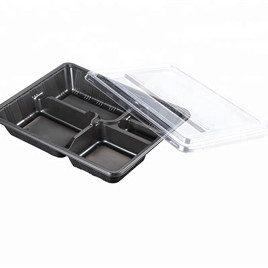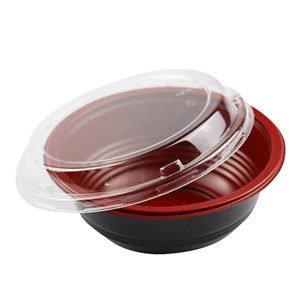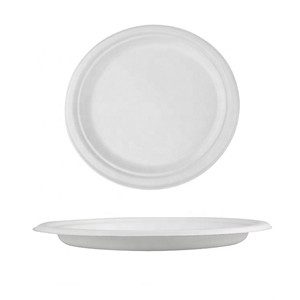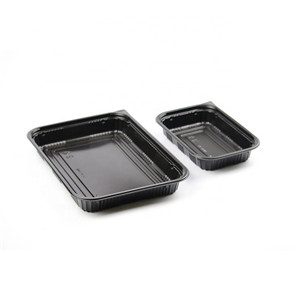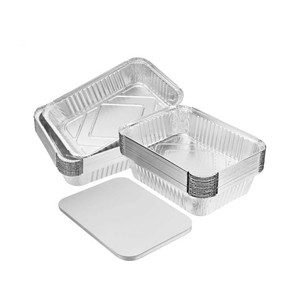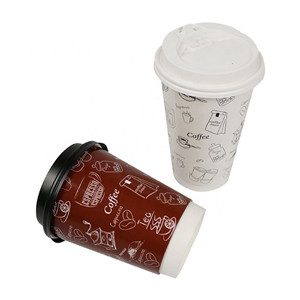Introduction: While paper food containers offer numerous benefits in terms of sustainability, there is a delicate balance between environmental impact and performance. As businesses and consumers transition towards more eco-friendly choices, it’s essential to consider both the advantages and limitations of paper food containers. In this blog, we explore the trade-offs and strategies for striking the right balance between sustainability and performance.
- Sustainability Benefits Paper food containers, as mentioned in our previous blogs, are renewable, biodegradable, and have a lower carbon footprint compared to many alternative materials. By choosing paper containers, businesses can demonstrate their commitment to sustainable practices, attracting eco-conscious consumers and aligning with global environmental goals.
- Performance Considerations While paper food containers have made significant advancements in functionality, they do have limitations. Unlike some plastic or foam containers, paper containers may not offer the same level of insulation, which could impact the temperature retention of the food. Additionally, certain types of food, such as very hot or extremely liquid items, may require additional precautions to prevent leakage or spills.
- Balancing Solutions To strike the right balance between sustainability and performance, businesses can adopt several strategies. Choosing the appropriate type and thickness of paper materials, along with water-resistant coatings, can enhance the containers’ functionality without compromising sustainability. Additionally, complementing paper food containers with eco-friendly utensils and napkins ensures a holistic approach to environmentally conscious dining.
- Educating Consumers Educating consumers about the benefits and limitations of paper food containers is crucial. By providing clear information about the containers’ properties and proper use, businesses can empower consumers to make informed choices. Encouraging responsible disposal and promoting composting practices further reinforce the sustainability message.
Conclusion: Paper food containers represent a positive step towards sustainability in food packaging. While they offer numerous environmental benefits, businesses and consumers must consider the performance aspects to strike the right balance. By embracing innovative solutions, providing clear information, and promoting responsible practices, the potential of paper food containers can be fully realized, paving the way for a more sustainable and eco-conscious dining experience.


